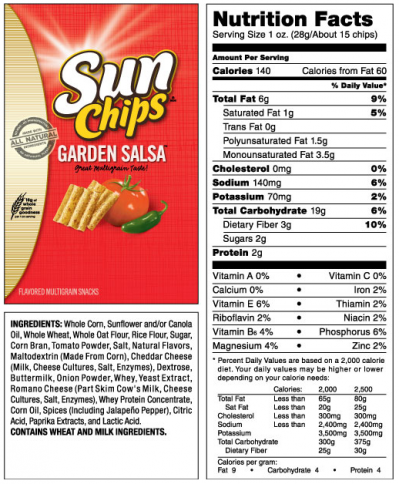Natural colours drive Chr Hansen Q3 results; probiotic uncertainty continues

The streamlined Natural Colors Division division – which shed blends in a €25m May sale to Israeli supplier Frutarom – recorded sales of €45m for the quarter, and €126m for the first three quarters, a 54% jump on the corresponding nine-month period in 2009-2010 (€80m).
Nutrition and Health (€67m) had the smallest share of overall nine-month sales of €474m, with human nutrition stronger than animal nutrition. Cultures and Enzymes contributed the most at €281m with strong growth in the Middle East and the Asia-Pacific, but slower probiotic sales in Europe due to, “uncertainty around EFSA assessments”.
But probiotic sales accounted for only 20% of the Division’s sales.
The Southampton Six
CEO Lars Frederiksen told this publication the natural colours market in Europe was benefitting from the infamous 2007 Southampton report that had linked six synthetic colours with hyperactivity in children, and which provoked European Union labelling changes in 2010 to highlight the study findings.
“That was the key event,” Frederiksen said. “But it is not just in Europe where natural colours demand is strong as growth is strong in North America, Asia, Japan, eastern China and South America.”
The company said half of the Natural Colors Division growth was down to severe price hikes in the insect-sourced, red colouring, carmine, which had fluctuated around $90/kg.
He said upward raw materials price pressure was challenging margins in some cases, especially as, “demand among food manufacturers was showing no signs of slowing”.
On the production side, the company continued to work with its customers to advance blending and encapsulation and other methods of dealing with, “the inherent instability of natural colours.”
Overall operating profit (EBIT) before special items was up by 18% to €113 million, from €96 in the nine-month period in 2009-2010. The company upped sales growth forecasts from 12-14% to 14-15%.
EFSA and probiotics
Frederiksen said the treatment of probiotic science b y the European Food Safety Authority (EFSA) was putting a brake on the sector’s development.
“The sector is being damaged and this is a little bit frustrating. Probiotics are a high-quality business so it is difficult to understand this approach. Like others we would like to have to more dialogue with EFSA to understand what they want.”
He said Chr Hansen’s acquisition policy had not been altered by the recent purchase of fellow Danish supplier Danisco by DuPont.
“We prefer to develop our own business over purchasing other but we are interested in acquisition and follow the industry.”
But an acquisition was unlikely this year, he said.













